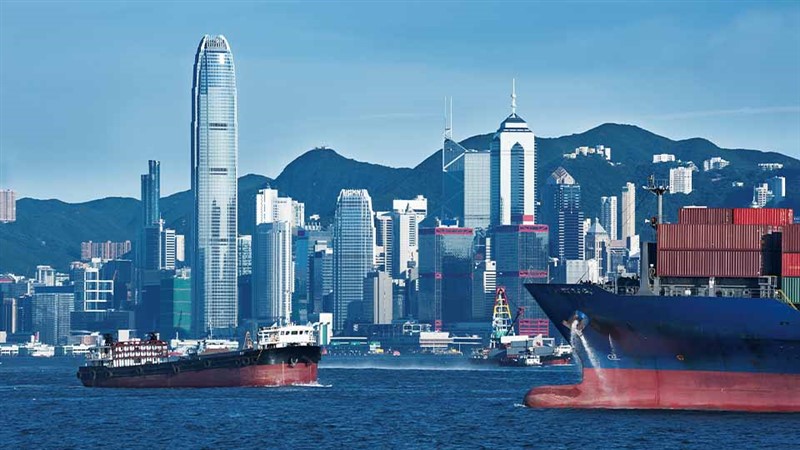Banker's Digest
2024.01
Asia 2024 outlook: Asia's resilience in the face of China structural slowdown

The great expectations of China acceleration lifting the rest of the region were met with disappointment for most of 2023 as Chinese demand underwhelmed, plagued by real estate woes and weak investment. The Fed hiked much more than expected, tightening financial conditions. Meanwhile, the better-than-expected economic activity in the US did not prevent a sharp fall in Asian exports, dragged by the downturn of the ICT cycle and weak Chinese imports. Singapore, South Korea, Taiwan, and Vietnam were more acutely affected. Notwithstanding the weak exports and the worsened financial conditions, Asia proved to be resilient in 2023, with India emerging as an outperformer, growing at 7% while China disappointed.Moving forward, we expect emerging Asia to continue to do well while China returns to its deceleration path. External demand (given China’s continued deceleration but also that of the US) makes it difficult for export-led Asia to rely on external demand for growth. On the positive side, the improvement in the ICT /semiconductor cycle should support Asian economies that have suffered from the low end of this cycle for the last two years (South Korea and Taiwan in particular).On the policy front, central banks should have more room to support the economy thanks to a normalizing Fed and a weaker USD. The Bank of Japan is the only central bank expected to move in the opposite direction in 2024, by exiting its long-standing negative rate policy. Thus, Asian economies that suffered more proportionally in 2023 should enjoy a larger reprieve, such as South Korea, Malaysia, Taiwan, and Thailand.Our rather positive scenario relies on the US’ soft landing and successful policy normalization by the Fed and the ECB. If the US were to undergo a hard landing or, on the contrary, a renewed inflationary shock, delaying the Fed’s easing. Both scenarios would make economic conditions in Asia much tougher. In addition, the two ongoing wars (Ukraine and Gaza) are also major sources of uncertainty. Inside the region, Taiwan’s presidential elections are another key issue to watch, in the context of still heightened strategic competition between the US and China. At the country level, local governments’ financial soundness is an important concern in the case of China. The BoJ’s exit from its ultra-lax stance also carries relevant risks.On the sectoral front, we see some opportunities thanks to the reversing cyclical downturn of the ICT sector. This coming year, we expect semiconductors to rebound as the inventory cycle ends and generative AI creates new demand. Green tech, including electric vehicles, solar, and wind, should continue to do well as the world demand for green energy rises. Still, China’s speed of installation is the question mark that will tilt the balance for or against overcapacity. On the negative side, Chinese real estate remains a concern for investors but increasingly also for local governments as well as shadow banking financial institutions.Structurally, China will continue to decelerate while most of emerging Asia continues with fast growth thanks to urbanization but also faster inward FDI because of supply chain reshuffling. In that regard, divergence between China and the rest of emerging Asia will continue growth-wise but this does not mean that there will be a decoupling between China and the rest of Asia. China is one of the key investors in the rest of emerging Asia, which is fostering increased trade linkages. In other words, China’s structural slowdown will be softened by the rise of emerging Asia.



